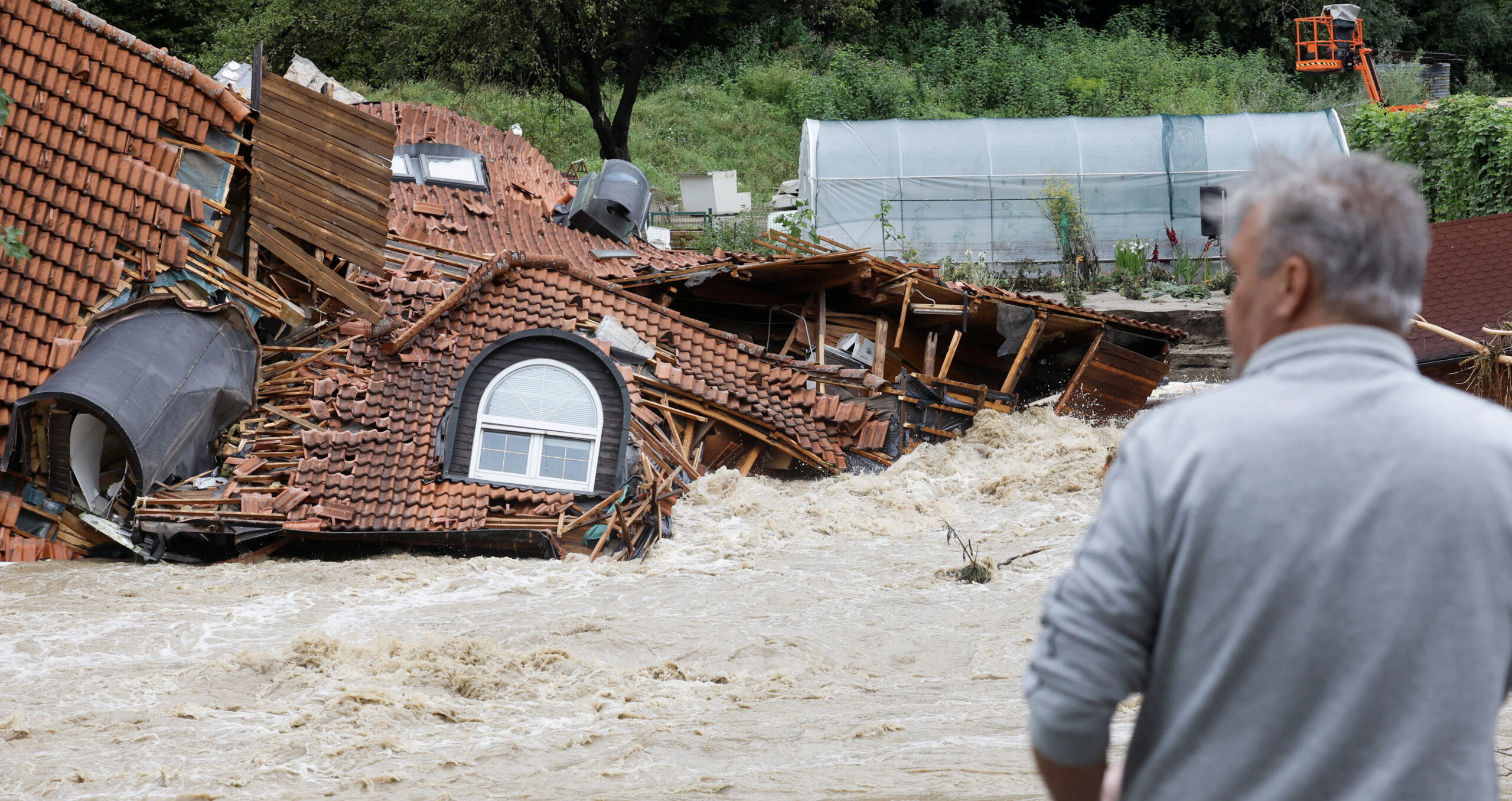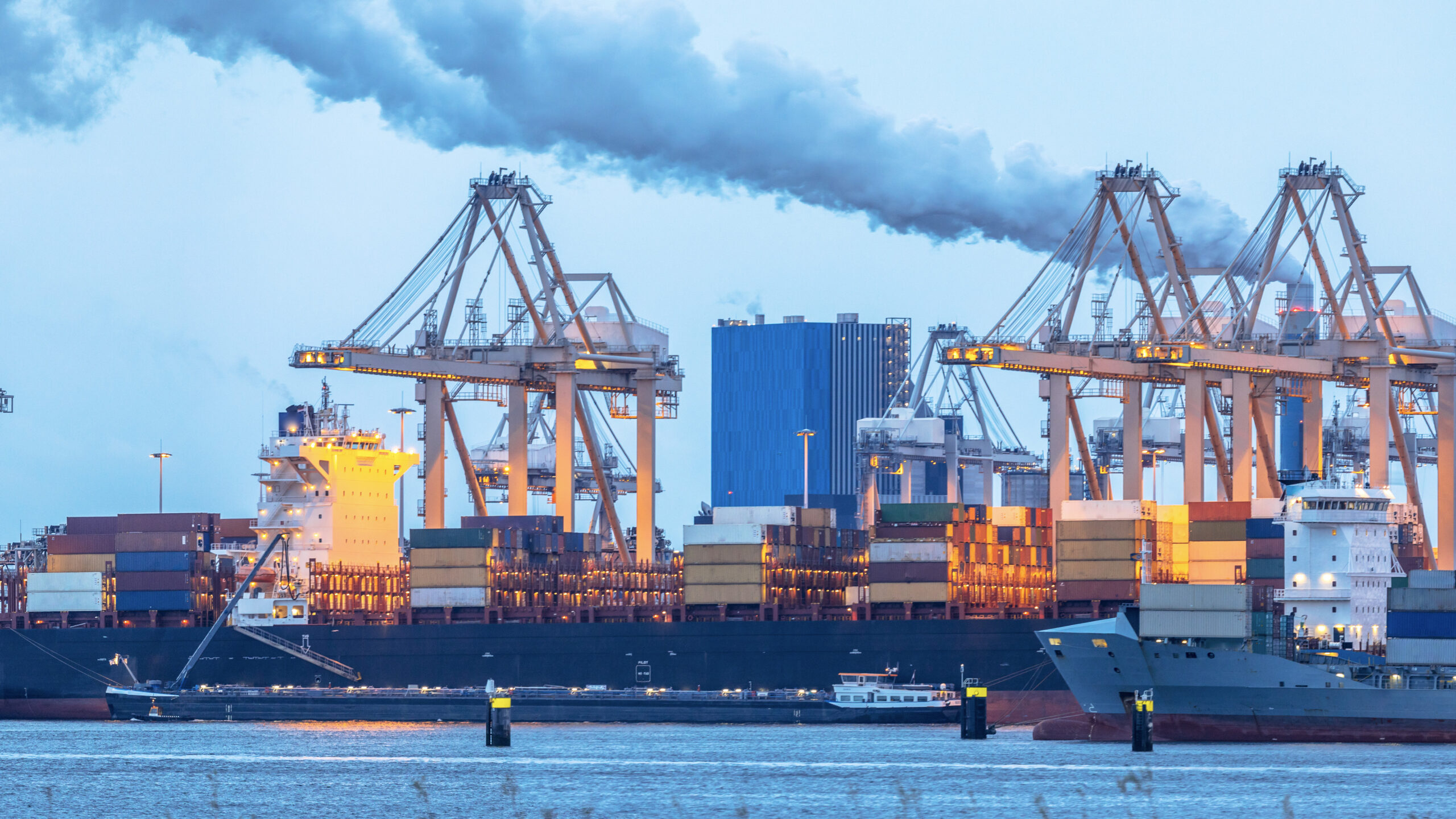
September 4, 2023
ECB’s Elderson urges banks to ‘get up to speed’ with climate litigation

The European Central Bank’s supervisory board vice-chair says lenders and their clients need to implement credible Paris-aligned transition plans to mitigate the rising risk of climate lawsuits.
The worsening impacts of climate change will lead to increased litigation, and banks and corporates must be prepared to be in the firing line, warned Frank Elderson, a member of the European Central Bank’s executive board and vice-chair of its supervisory board, at the organisation’s legal conference on Monday.
To continue reading
Request Free Trial- Unlimited access to all content
- Email alerts highliting key industry insight.
- Invitations to attend exlusive roundtables and events.
- The Sustainable Views Policy Tracker - deep insight on ESG regulations and deadlines
Already a subscriber?Log in
Similar Articles

April 25, 2024
In Charts: Capacity constraints and lack of awareness limit Chinese green municipal bond issuance
Nearly 20% of Chinese municipal bonds issued in 2021 could have been issued as certified green bonds, says Greenpeace East Asia
read more
April 22, 2024
In Charts: Redemptions drag global climate fund flows to lowest level in four years
Global flows into climate funds were valued at $40bn in 2023, accounting for more than half of flows into all funds
read more
April 11, 2024
Insurers should account for all Scope 3 emissions, says Finance Watch
Underwriting activities are commonly omitted from insurers’ recorded Scope 3 emissions, says non-profit Finance Watch
read moreA service from the Financial Times

